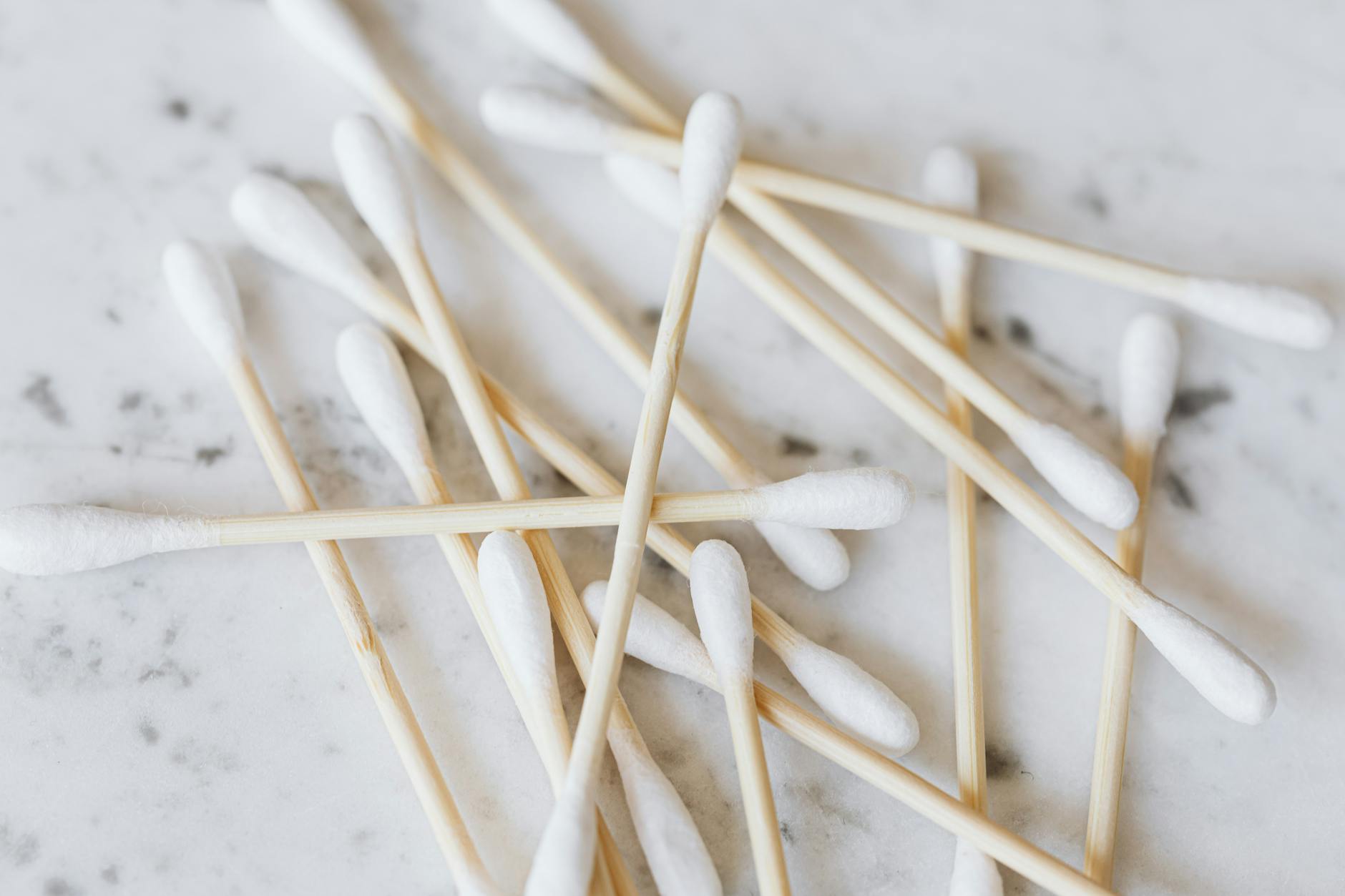Allergy symptoms often flare up the most when we’re inside, yet many people don’t realize their HVAC system may be part of the problem—or the solution. Tiny particles like pollen, pet dander, and dust mites slip through windows, stick to shoes, and settle on every surface in your home. If your HVAC filter isn’t up to the job, it cycles these allergens through the air you breathe every day.
Changing your HVAC filter regularly is one of the simplest ways to keep those airborne triggers in check. High-efficiency filters, when replaced often, can trap most of the common allergy culprits before they take over your living space. For those dealing with sneezing, itchy eyes, or even asthma, these small changes can bring real relief and let you breathe easier right at home.
When allergy triggers find their way inside, they settle in quietly and wait for the next sneeze or sniffle. Everyday living—walking across a carpet, patting a pet, or even opening a window—can stir up particles you can’t see but definitely feel. Knowing which allergens lurk in your home and how they move around is the first step to taking control of your air.
 Photo by Kaboompics.com
Photo by Kaboompics.com
You’re not alone if you find yourself reaching for tissues at home. The most troublesome indoor allergens come from these sources:
It’s easy to overlook how much movement happens in the air inside your home. Every time you fluff a pillow, turn on the heat, or even walk across the room, you set off a mini tornado of particles.
Allergens hitch rides on tiny dust particles or moisture droplets. The HVAC system—your heating and cooling—pushes air all around, meaning these small invaders don’t stay put. Filters that are old or dirty can’t keep up, so allergens keep cycling back into the air you breathe.
Allergen buildup isn’t just an annoyance—it’s a real problem for your health. Long exposure to high levels of dust mites, pet dander, mold spores, or pollen increases the risk of:
Kids, seniors, and anyone with asthma or sensitivities react even faster. Small steps, like keeping filters clean and stopping moisture buildup, help cut down on these symptoms and make the indoors a real haven—not just a shelter from the outside. Making these changes means fewer flare-ups and more days where you can actually enjoy being at home.
A healthy home starts with clean air, and your HVAC system is right at the heart of that effort. HVAC units do more than just heat or cool a space—they work nonstop to filter out dust, dander, pollen, and moisture before these can build up and affect how you feel indoors. A well-maintained system balances three key things: it keeps air moving, controls moisture, and captures unwanted particles. But when filters clog or the system gets neglected, it’s like inviting those allergens back into your breathing space. Clean filters and smart upkeep turn your HVAC into a strong defense against the triggers that make allergies worse.
 Photo by Alexey Baikov
Photo by Alexey Baikov
Not all HVAC filters are created equal—some barely catch the big stuff, while others grab even the tiniest allergens. The main thing to look for is the filter’s rating. Most filters carry a MERV (Minimum Efficiency Reporting Value) score. The higher the number (on a scale from 1 to 16), the more particles it can trap.
For people with allergies or asthma, HEPA (High Efficiency Particulate Air) filters set the gold standard. These can trap at least 99.97% of particles as small as 0.3 microns—think pollen, smoke, and even some viruses.
Choosing a high-efficiency filter makes a big difference if allergies run in the family. These filters:
Changing your filters regularly (every 1–3 months) helps these high-grade filters work like new. It’s a quick win for cleaner air.
Your HVAC isn’t just a filter—it’s the way air travels throughout the house. When the system runs smoothly, air keeps moving, stale pockets get cleared out, and humidity stays in check. But even a top-notch filter can’t work wonders if the air isn’t flowing properly.
When HVAC systems go unchecked or filters get clogged, these are the problems you start to see:
Routine TLC for your HVAC—like filter changes, duct checks, and humidity monitoring—keeps those allergens from taking over your home’s air supply. When every part is working well and the air keeps moving, you help create an indoor space where you can actually breathe easy.
Keeping up with HVAC filter changes is one of the easiest things you can do to keep allergies in check at home. This habit not only means cleaner air but fewer symptoms and a break for your nose, eyes, and lungs. Swapping out a dirty HVAC filter for a fresh one helps stop dust, pollen, pet dander, and mold spores from floating around. If anyone in your home struggles with sneezing, wheezing, or itchy eyes, this is one of those upgrades you’ll feel quickly.
When a filter gets packed with dust and debris, it can’t do its job. A filter that’s full loses its stopping power, letting more allergens pass through the system and back into the air you breathe. Regular changes prevent filters from being overloaded, and that keeps filtration strong.
Making a calendar reminder to replace filters or checking them with the change of each season can help. The more reliable your filter replacement routine, the better your home’s defense against airborne triggers.
Routine filter changes don’t just help your allergies—they help your wallet and your overall health over time.
 Photo by Putra Rangga
Photo by Putra Rangga
Here are some reasons frequent filter swaps pay off:
Think of regular filter changes as an inexpensive way to invest in your family’s well-being. This habit helps protect anyone with allergies or asthma and saves you hundreds—or more—in repairs and healthcare each year. The payoff is real: better breathing and a smoother-running home.
Keeping your HVAC filters maintained is key for managing allergy symptoms at home. A good routine not only cuts down airborne triggers like dust, pollen, and pet dander but also keeps your system running smoothly. Focusing on both filter care and a few added habits can make breathing easier all year long.
Air filter changes make a direct difference in the air quality, especially for folks with allergies. The best timing depends on your situation:
You don’t have to wait for allergy flare-ups to act. Watch for these common signs that your filter needs changing:
Setting reminders on your phone or calendar for filter checks helps keep routine on track. If your allergies get worse or if you have pets, it’s safer to replace a bit more often.
Swapping HVAC filters is a must, but combining that with smart cleaning and home care multiplies the benefits. Here are simple habits that help clear out allergens and keep symptoms under control:
A quick walk-through after these steps leaves your home fresher, your air cleaner, and your allergy symptoms much more manageable.
 Photo by Mathias Reding
Photo by Mathias Reding
Regular HVAC filter changes make a big difference for anyone sensitive to allergies. A clean filter catches dust, pollen, dander, and mold before these particles spread through your home’s air. Keeping up with filter replacement means you spend less time sneezing and more time feeling comfortable indoors.
Consistent filter care also helps your HVAC system run better and last longer. The small effort to swap filters protects both your health and your budget over time.
Set a reminder to check and change your filters often—your nose and lungs will thank you. If you have your own tips for keeping allergies in check or want to share how filter changes have helped you, jump in with a comment below. Thanks for reading, and here’s to clearer air in every room!
